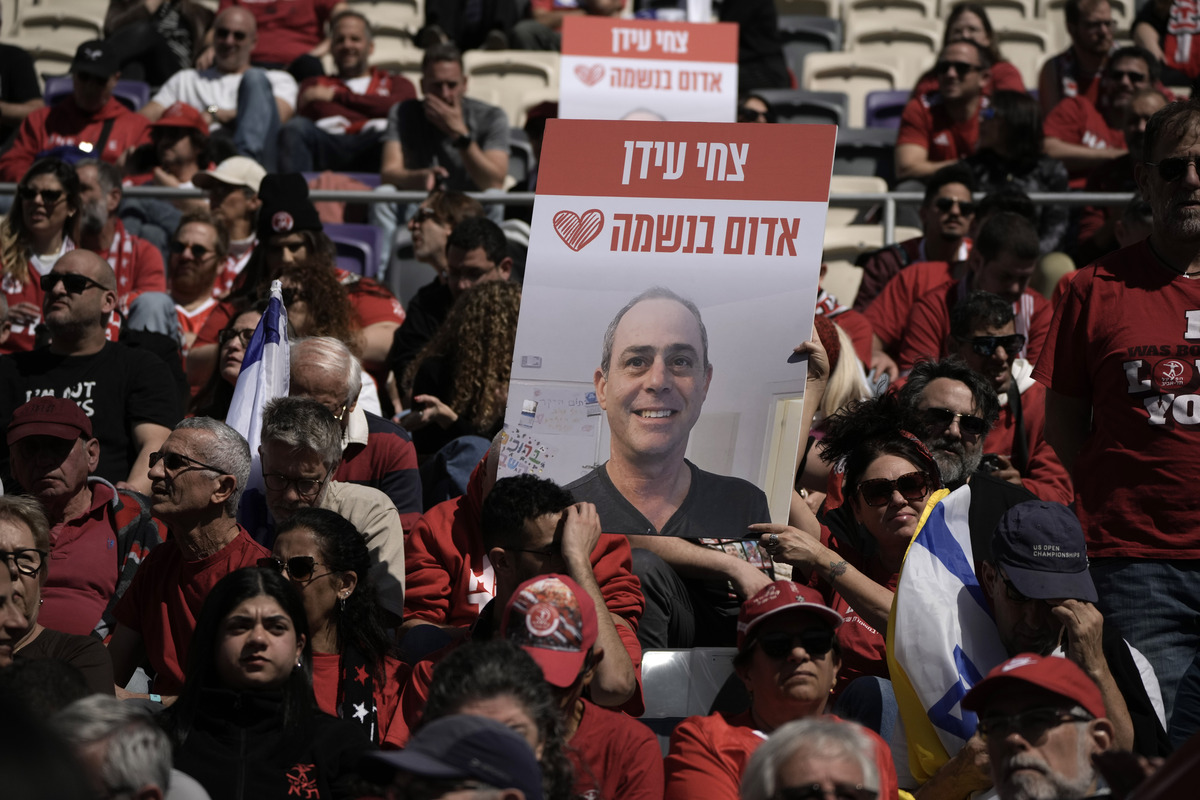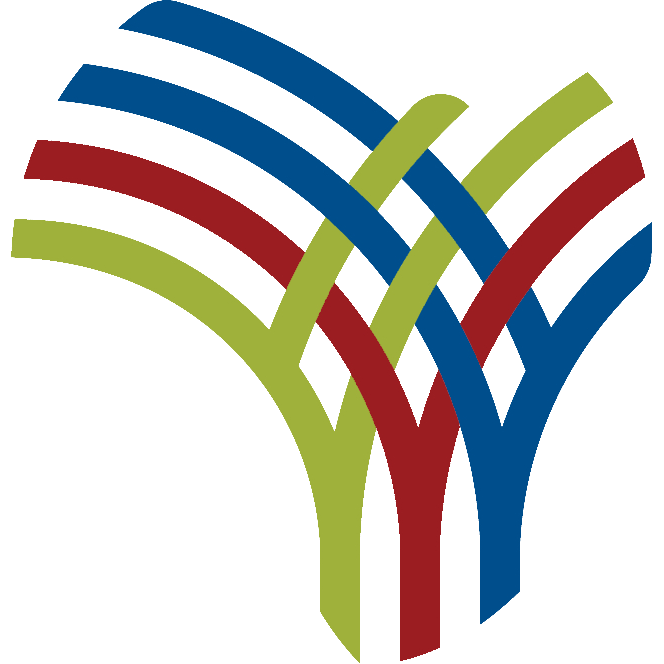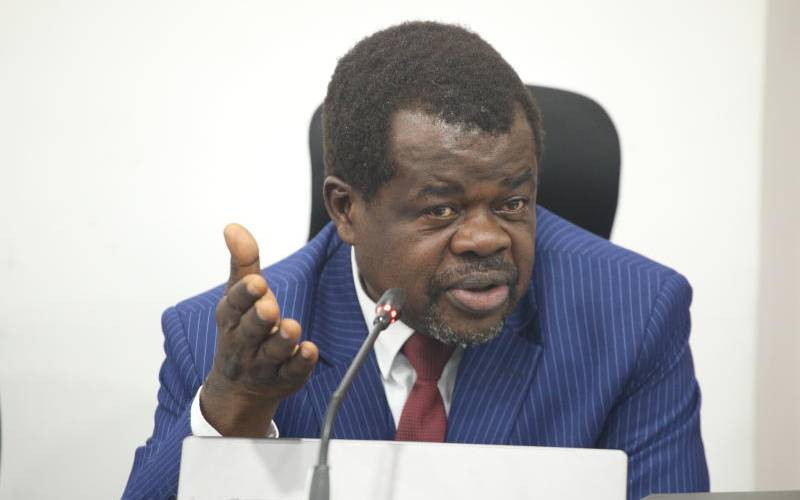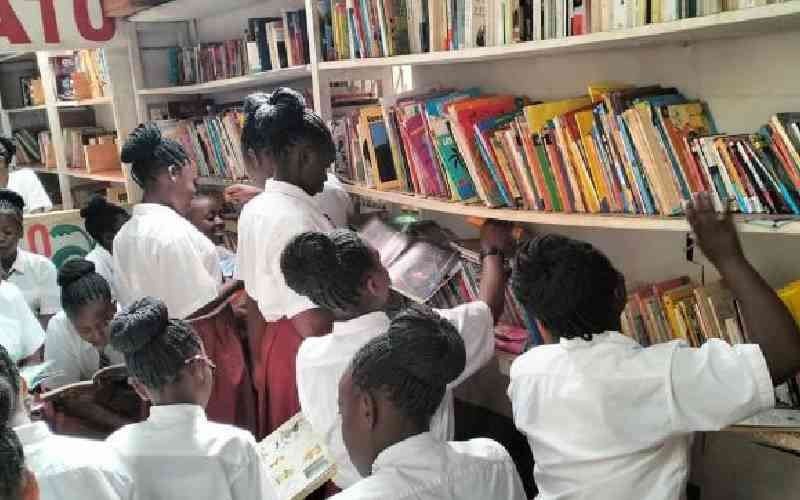Integrating transport modes would enhance accessibility and efficiency for people of varying income levels.
Commuting to and from city centres and economic hubs for work in Gauteng — and across South Africa — is daunting. The race against time, unreliable transport systems, safety concerns and costs are some of the many obstacles commuters face. I know this from my personal experience of commuting to an economic hub in Johannesburg, which I documented on TikTok.
This article is based on the habits of daily commuters to economic hubs and places of work across the Johannesburg metro. The sad reality in South Africa is that commuters spend up to 50% — sometimes more — of their salaries on transport every month.
Apartheid policies and institutionalised racial segregation have had a long-lasting effect on commuting today. Townships are typically more than 20km from Gauteng’s economic centres, such as Sandton and Centurion, for example. This spatial divide, coupled with an unreliable public transport system, significantly affects the commuting experience in the province and across the country.
A first-hand experience of the daily commute
I commute from Johannesburg South to Modderfontein in Ekurhuleni, a 10-minute drive to the east of Sandton. The journey begins with a five-minute walk to a taxi stop at 5.30am, then into a taxi to the MTN Taxi Rank, where I take another taxi to Modderfontein. The journey is documented on my @phano styles TikTok page, highlighting commuting realities in Johannesburg, such as transport mode transitions, safety concerns, costs and the perpetual race against being late.
The objective was to document the whole commute, showing how early I have to leave home to arrive in Modderfontein before 7 am for work. The post is captioned: “What time do you wake up to get to work on time?” Because I arrived at my destination at 6.30 am, I claimed that I could have slept an extra 30 minutes. But this is an assumption one should never make, given the unpredictable nature of public transport. The post gained more than 100 000 views and extensive responses from viewers, many of whom shared their commuting stories.
Stories from other commuters
One commenter shared that they wake up between 4am and 5am, board a minibus taxi at 5.30am and reach work by 6.30. Any disruption to this routine means failing to arrive at work by 8am. This emphasises the inefficiency of public transport.
Several others mentioned leaving home early in the morning and only returning after sunset, demonstrating the exhausting nature of their daily journeys. Many also spoke about the physical and mental toll of long and unpredictable commutes.
A similar post on X asked users to comment on their daily commutes in Cape Town. Many of the responses talked about the level of congestion on the roads. One of the most extreme cases involved a private-car driver who took 45 minutes to travel just 7km.
South Africa is experiencing some of the worst traffic congestion in its history, with Cape Town the most congested city in the country and ranking ninth in the world.
The big question — what is the solution?
Despite some inefficiencies, and limited access due to availability and pricing, South Africa does have transport options available for the public. These include bus rapid transit systems such as Rea Vaya and MyCiTi; the Passenger Rail Association of South Africa’s Metrorail, which is being upgraded; conventional bus services like those offered by Putco, Golden Arrow and Metro Bus; the high-speed Gautrain and the minibus taxi system. The latter carries the majority of daily commuters, despite its informal nature and lack of regulation.
Part of the solution for commuters would be integration because the various public transport systems operate independently of each other and differ in affordability and quality. Integrating transport modes into a single, cohesive system with a universal payment system has worked in many cities around the world.
From an urban planning perspective, integrating transport modes would enhance accessibility and efficiency for people of varying income levels. Certain modes of transport require payment in physical cash, whereas others use smart cards or a ticket-purchasing system, for instance.
London’s underground railway, tram and bus system, using Oyster cards and contactless payment, is a great example of an integrated payment system for South Africa to follow.
In addition, the public needs to be educated about other modes of transport, especially the renovated Metrorail system, which is often unfairly perceived by the public as being unsafe.
A recent effort by civil society to sync the Metrorail schedule with Google Maps and the Cape Town MyCiTi bus network deserves applause as a step in the right direction.A recent effort by civil society to sync the Metrorail schedule with Google Maps and the Cape Town MyCiTi bus network deserves applause as a step in the right direction. The Young Urbanist South Africa nonprofit, in collaboration with the Passenger Rail Association of South Africa, has integrated the Metrorail schedule in Cape Town into Google Maps, where MyCiTi schedules are already well represented. This initiative is progressing and will soon include trains. It is set to expand nationwide, making the information accessible to the public across the country..
The daily struggle faced by commuters in South Africa highlights the urgent need for improved public transport infrastructure, more reliable systems and better urban planning. Addressing these issues is not just about improving transport, it’s about restoring dignity, opportunity and efficiency. As one commenter on my TikTok post aptly put it: “To us that keeps the economy running.”
Phano Liphoto, an urban planner and master’s candidate at the University of Cape Town, researches cycling history in the city and has contributed to an upcoming book on cycling in African cities.




















Discussion about this post